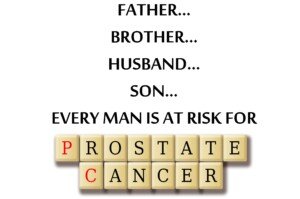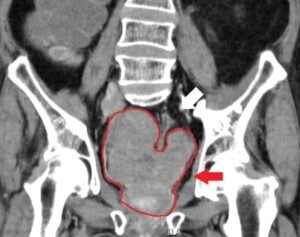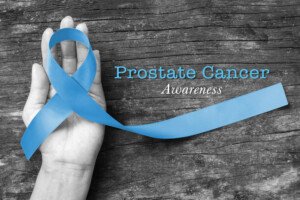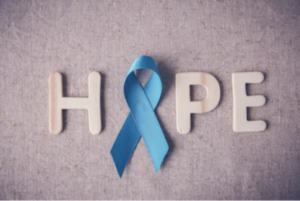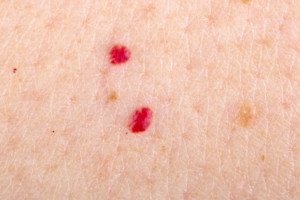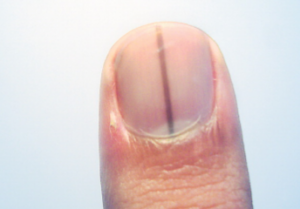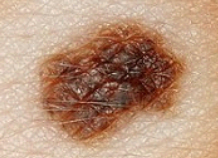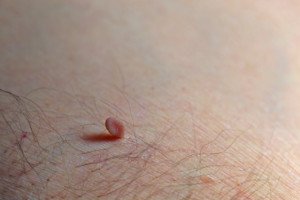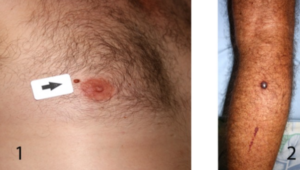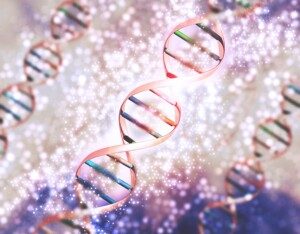
I’d like to post your story about your rare disease on this medical site to increase awareness.
There’s over 6,000 rare diseases yet few people know this and can name only a handful.
I’m also interested from the parent’s perspective, so if your child has a rare medical condition, please contact me (email at the conclusion of this article).
The Hidden World of Rare Diseases
Many people don’t know what’s actually meant by “rare disease.”
They might think it’s an illness for which, for instance, only 30,000 Americans are diagnosed with every year.
Yes, that’s not common at all, given the U.S. population.
But a true “rare disease” is far rarer than that.
Rare diseases — sometimes called orphan diseases — are a vast and often overlooked realm of medicine.
Defined in the U.S. as conditions affecting fewer than 200,000 people (meaning, many have been diagnosed years ago), they collectively impact over 30 million Americans and 300 million people worldwide.
Don’t let “million” fool you. There are over 8 billion people on this planet.
Plus, there are over 6,000 rare diseases — and in fact, some estimates put it at 10,000.
Thus, these very perplexing conditions are individually rare, but altogether affect dozens of millions of people around the globe.
This means that for some of these conditions, literally only a known handful of people have them.
While individually rare, together these conditions represent a significant public health concern —and a deeply fascinating frontier of science and human resilience.
What makes rare diseases so compelling is not just their scarcity, but their mystery.
Many are genetic, without a known cure.
The path to diagnosis can take years, as symptoms frequently mimic more common illnesses.
The Rarest of the Rare
Among the rarest are conditions so unique that they’ve been documented in only a handful of people on Earth. So yes, when I had said “handful” just a moment ago, I wasn’t exaggerating.
One such condition is Fields’ syndrome, a neurological malady affecting only one pair of identical twin sisters and one other known person.
Another intriguing, super rare condition is fibrodysplasia ossificans progressiva, when soft tissues gradually turn into bone, effectively trapping the body in a second skeleton. It affects one in two million people worldwide.
However, there are many truly rare medical disorders that are much more common than Fields’ syndrome.
One of these is Prader-Willi syndrome, a condition that utterly fascinates me.
Ten to 20,000 people around the world have this genetic condition, which causes continuous hunger of relentless proportions – regardless of how much the patient eats.
The hunger is so fierce that people with PWS will do whatever it takes to find food, and due to this overwhelming drive to seek out food, very few can live independently.
Rare Diseases Need Attention, Too
Rare medical conditions may hide in the shadows of medicine, but they hold some of its greatest secrets.
In unraveling them, we not only uncover answers for a few, but new knowledge that could one day help us all.
If you have a rare condition and would like to heighten awareness for it, or, if your child or other family member is affected by a rare disorder, please contact me at storytopics2 “at” wmconnect.com.
I’d love to post your lived or firsthand experience, whether this be a story about long-term misdiagnosis, innovative new treatments or management approaches, or revolutionary new research findings.
I will link back to your social media or any relevant site in the name of increasing awareness.
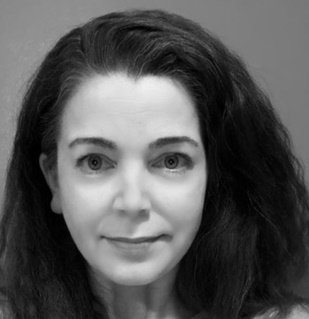 Lorra Garrick is a former personal trainer certified by the American Council on Exercise. At Bally Total Fitness, where she was also a group fitness instructor, she trained clients of all ages for fat loss and maintaining it, muscle and strength building, fitness, and improved cardiovascular and overall health. She has a clinical diagnosis of ASD.
Lorra Garrick is a former personal trainer certified by the American Council on Exercise. At Bally Total Fitness, where she was also a group fitness instructor, she trained clients of all ages for fat loss and maintaining it, muscle and strength building, fitness, and improved cardiovascular and overall health. She has a clinical diagnosis of ASD.
.












